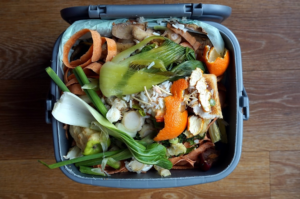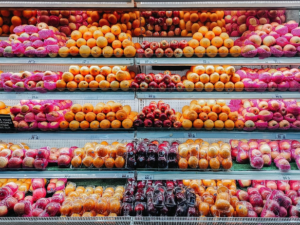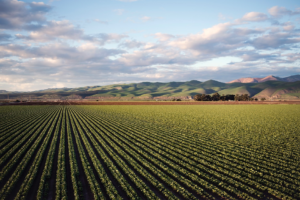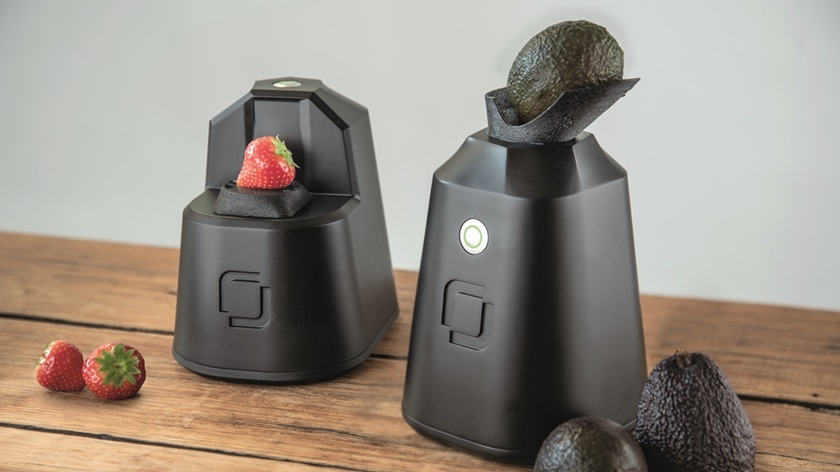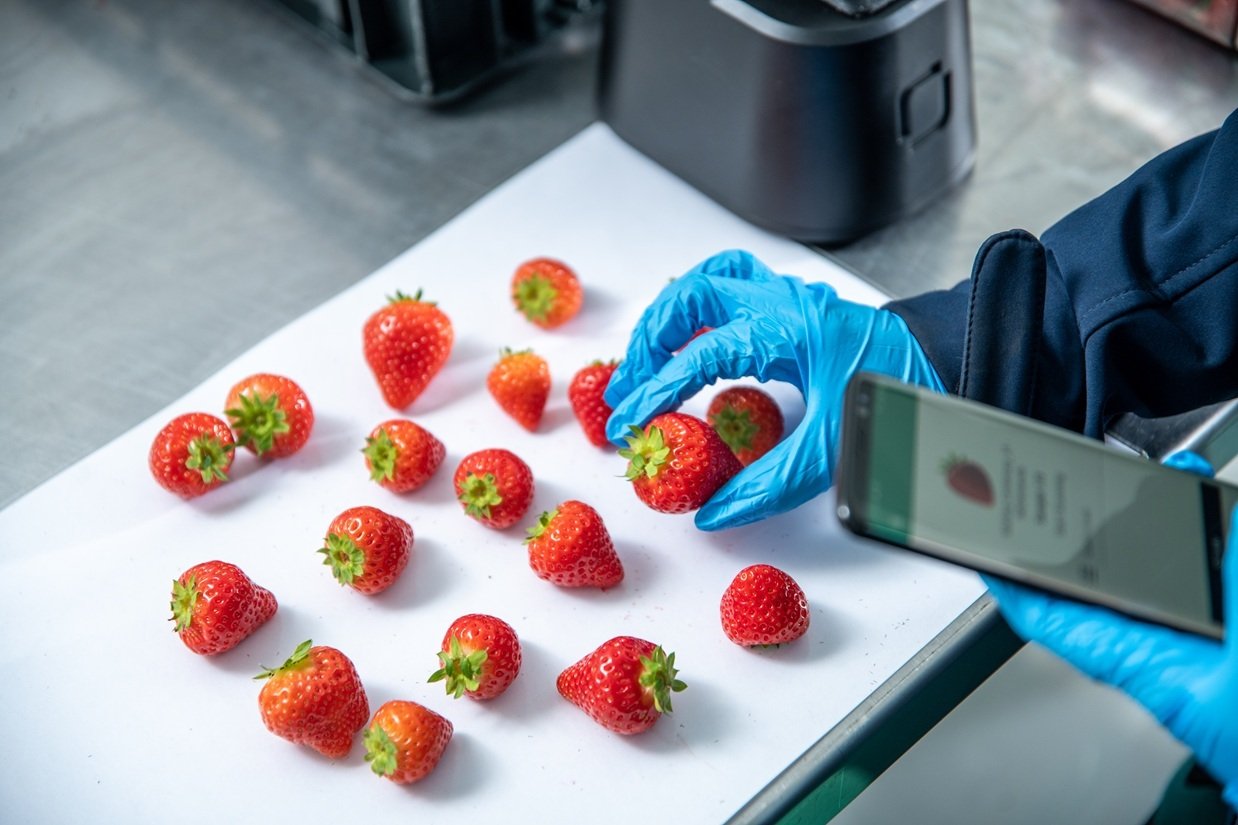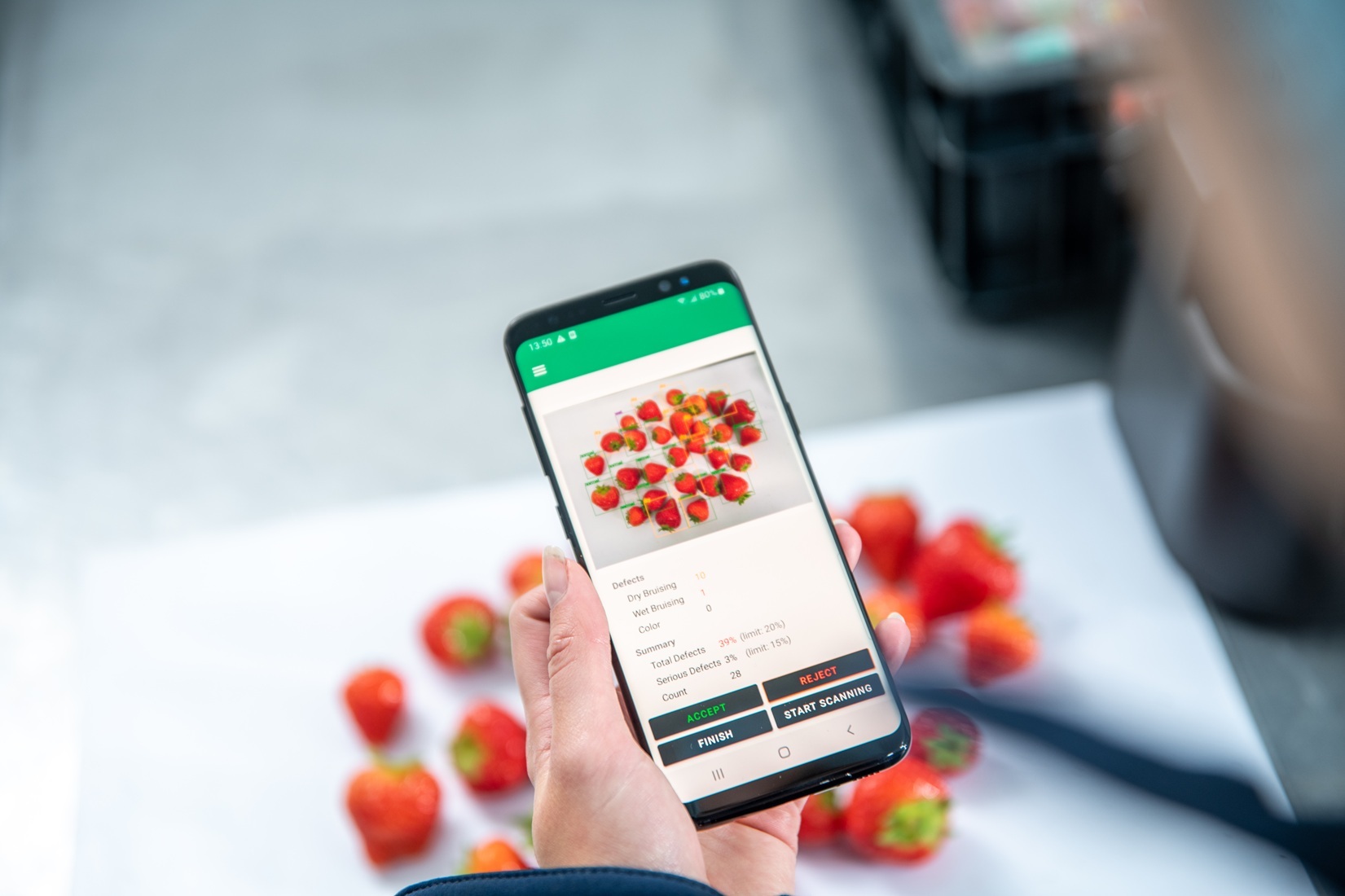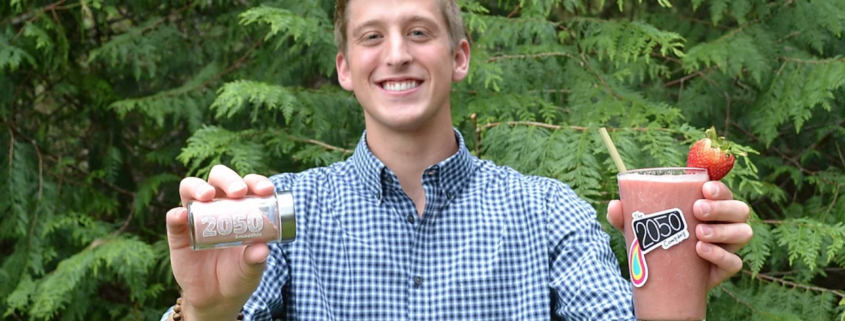
23 May 2023
doorOneThird
Food Waste: Worse Than Ugly – By Austin Hirsh

According to Project Drawdown, reducing food waste is now the #1 best way to prevent global warming of 2 °C by 2050. This reflects the scale of the problem: 40% of all food produced in the US currently goes uneaten. Imagine the impact of a potential solution. In the United States, 25% of all fresh water consumed, 13% of all carbon emitted, and 80 million acres of farmland is used to produce the food we eat. When food is wasted, so are the resources used to grow it. This leads to $218 billion in losses annually (about double Bill Gates’ net worth).
Fortunately, awareness of food waste has been steadily growing over the past few years. Startups like Imperfect Foods have popularized the sale of “ugly produce” – fruits and vegetables that would otherwise be culled out of the food chain due to cosmetic imperfections. Using ugly produce is a great first step in reducing food waste, especially considering fruits and vegetables are the most wasted food group, with a whopping 48% of American produce going uneaten. However, we need more radical change in order to truly fix this broken food system.
The 2050 Company
As I have developed The 2050 Smoothie over the past year, I have discussed the issue of food waste with farmers, fruit distributors, grocery stores, and other start-ups. I have realized that the issue of food waste extends far beyond “ugly produce”. Food waste is systemic, nuanced, and multifaceted. To create a lasting impact, we must adjust our perception of imperfect produce and unilaterally repair an imperfect system.
In this post, I will describe the three primary areas of food waste that I have identified while building The 2050 Company. I will work backwards through the supply chain, starting in homes, where food waste is most recognizable to the average consumer, before eventually diving into the less intuitive waste that occurs in stores and on farms. I will also describe how The 2050 Smoothie evolved from an “ugly fruit smoothie” to a functional product that incorporates solutions to each type of food waste.
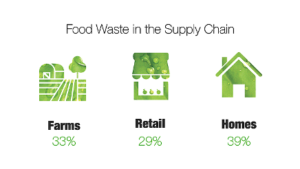
Source: NRDC
The Household: 39% of Food Waste
The largest culprit of food waste in America is not the farmer, the supplier, or even the grocery store. It is you and me. The United States is one of the only countries in the world where food waste at home outweighs waste at any other level of the supply chain; almost half of all food waste occurs in households! And we all know this waste. It is the brown bunch of bananas on your counter and the half-full box of spinach wilting in the back of your refrigerator.
As if to add insult to injury, the USDA found in 2018 that the healthiest Americans are the most wasteful. Healthy people waste more food because they eat more fresh fruits and vegetables. As Lisa Jahns, USDA nutritionist and co-author of the study, said, “We need a simultaneous effort to increase food quality as well as reduce food waste. We need to put both of those things out”.
Addressing Food Waste at Home
Reducing waste in homes relies heavily on changing consumer habits. You can waste less today by simply making banana bread, freezing your extra spinach to use in smoothies, or buying only what you will be able to eat.
Many new ventures now specialize in making it easier to reduce waste at home. Apeel Technologies made waves in May when it became the first anti-food waste company to reach a billion-dollar valuation, promising to dramatically increase the shelf-life of fresh produce with a natural coating.
The 2050 Company has taken a different route. We use freeze-drying technology that is already widely available to extend the shelf-life of fresh produce from days to years. Freeze drying simply removes the water from fruit, leaving all nutrients and flavor intact. Our customers can store The 2050 Smoothie on a shelf in their pantry for more than a year, eliminating waste and reclaiming freezer space. You simply blend the 2050 Smoothie powder with ice and water to reverse the drying process. Once blended, the smoothie has the same taste, texture, and nutrition as a fresh fruit smoothie! Since The 2050 Smoothie is more sustainable and more convenient than the alternative, our customers can make their daily habits greener without making their lives any harder.
Retail: 29% of Food Waste
Most of us are familiar with the second area of food waste as well. We contribute to this waste every time we go to the grocery store and examine five avocados to find one with the perfect color or knock on a dozen watermelons until one sounds just right. Often, the fruits we leave behind due to their imperfect appearance taste just as great as their “perfect” neighbors.
Last summer, a local fruit vendor told me how frustrated she was by customers who came in and left bruises on dozens of her peaches to find one that “squished just right”. Everyone wants to buy the peaches with the perfect mix of yellow and pink in their skin, she said. But, no one knows that the completely yellow ones actually taste the best.
With these consumer preferences in mind, it is not surprising that grocery stores have enacted policies to eliminate all “ugly produce” from their shelves before customers even see it.
Addressing Retail Food Waste
As mentioned above, ugly produce has received notable buzz recently. A handful of businesses sell produce that grocery stores would reject. Imperfect Produce, Hungry Harvest, and Misfit Market are good examples of those businesses. Other companies focus on extending how long fresh produce lasts on store shelves. OneThird, for example, makes a handheld scanner that can predict the remaining shelf-life of a piece of produce to the day.
While developing The 2050 Smoothie, we took the model of ugly produce suppliers one step further. We do not need to ask our customers to look beyond the appearance of ugly fruit for the sake of sustainability. All of the produce in our smoothies is ground into a fine powder, so cosmetic flaws are completely eliminated. Once powdered, an ugly strawberry and a beautiful strawberry really are identical.
Farms: 33% of Food Waste
So far, I have discussed waste due to perishability and waste due to cosmetic flaws. Most people are at least somewhat familiar with both of these waste streams. Though farms are the beginning of the produce life cycle, the waste that happens on farms is not so intuitive. Farmers must cull produce based on factors related to both shelf-life and appearance. However, these two types of food waste are only the tip of the iceberg. Holistically, waste on farms is tied to climate change, consumer preferences, and a complex system of supply and demand.
Farmers face myriad hurdles throughout the year that affect their output. Changing weather patterns may cause buds to break too early or too late. Tariffs may eliminate world markets. Fickle customers may suddenly decide that a certain crop does not fit their latest diet. Recently, the COVID-19 crisis wreaked havoc on farmers nationwide as bulk purchases from restaurants evaporated overnight and seasonal workers became a rare commodity.
Underlying all of these risks is this: consumers do not fully understand that natural trends shape how a farm operates. We expect fresh strawberries in January, though they only grow in June. And we rarely stop to consider the massive pressure that these expectations place on our agricultural systems. How are our farms meant to oppose the natural seasonality of our environments?
Addressing Farmers’ Concerns
Most farmers I have spoken with worry less about consumers’ habits. They do not worry about consumers eating more ugly produce or keeping foods for longer in their homes. What they really want are solutions to the more systemic agricultural problems. So, we have to tackle these issues at the start of the supply chain. Otherwise, any waste reduction efforts further down the supply chain must be accompanied by a huge asterisk. To significantly reduce the amount of water, land, and carbon resources wasted on uneaten produce, we must start by ensuring that good produce does not rot in fields.
This is the hard problem of food waste: as important as it is to talk about making ugly produce more appealing or fresh produce more long-lasting, we cannot forget the fact that 20% of produce grown is never even harvested!
On the bright side, this problem is basically an issue of supply and demand. Modern business is built to handle this relationship. Slowing the rate of climate change will rely heavily on policy changes. However, the world of business is uniquely suited to achieve the single goal of reducing food waste. I believe that the solution to systemic food waste is to “flatten the curve” of supply and demand. We need to meet produce where it is.
Our Food Waste Solution
For example, local strawberries harvests in my home state of Washington occur in June and July. Could we buy and store the entire surplus of fresh strawberries in June and sell them in January? What if we could make a deal with local farmers: “If you invest the resources to harvest this field of strawberries instead of letting them rot, we will buy them all”. Imagine being able to freeze dry all of these strawberries in a single day, lock in all taste and nutrition, and store them for up to two years.
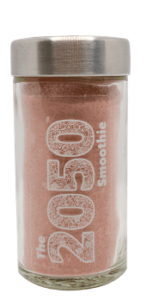
Systematic food waste reduction is not an idealistic aspiration, but a concrete goal achievable in a matter of years. Welcome to the future of food.

Austin Hirsh is the founder of the 2050 Company. The 2050 Company makes value-added food products that actively reduce waste in the food system. Their flagship product, the 2050 Smoothie, is a nonperishable, instant smoothie made partially from rescued produce. To learn more about the 2050 mission and join the waitlist for The 2050 Smoothie, visit the2050.co
